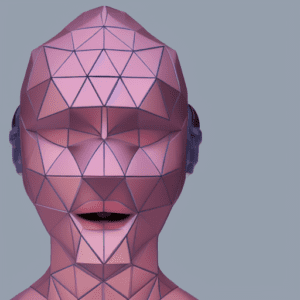Welcome to the random-ai.com blog, where we explore the exciting world of artificial intelligence (AI) and how it is being used to generate images.
Have you ever seen a picture that looks so real, you couldn’t tell if it was a photograph or something created by a computer? That’s exactly what AI can do! AI can take a set of instructions and create an image that looks like a real photograph. This is called AI image generation.

One of the most popular methods for AI image generation is called generative adversarial networks (GANs). GANs are made up of two parts: a generator and a discriminator. The generator creates new images, while the discriminator tries to figure out if the images are real or fake. The two parts work together, with the generator getting better at creating realistic images and the discriminator getting better at spotting fake ones.
There are many ways that AI image generation can be used. One of the most exciting is creating photorealistic images. This means creating images that look like real photographs. You might see this used in movies or video games to create realistic looking characters or environments. It can also be used in advertising to create images of products that look like they were taken with a camera.
Another way that AI image generation is being used is for editing and manipulating images. Imagine being able to remove a person or object from a photo, or change the background of an image. With AI, this is now possible. This can be used in fields like photography or graphic design to make editing faster and easier.

AI image generation is also being used in the medical field. With AI, doctors can create images of internal organs and bones that would be difficult or impossible to see with traditional imaging methods. This can help with diagnosing and treating medical conditions.
While AI image generation has many benefits, there are also some challenges and limitations to this technology. One concern is that AI-generated images could be used to spread misinformation or propaganda. It’s also important to consider the ethical and legal implications of creating images that look like real photographs.
At random-ai.com, we believe that AI image generation is an exciting and rapidly growing field with a lot of potential. We’ll be exploring the different techniques and applications of AI image generation, and discussing the potential benefits and challenges of this technology in more detail. So, stay tuned for more updates and discussions on this topic.
This article was created by OpenAI
